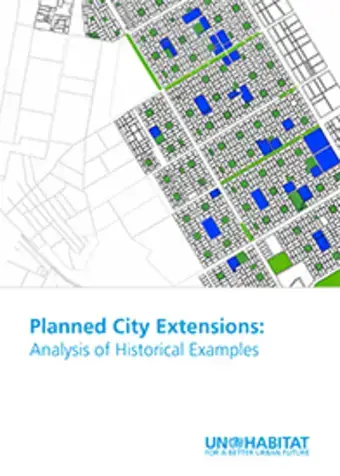The Urban Planning and Design focus area of UN-Habitat aims to support cities, regional and national authorities in adopting improved policies, plans and designs for more compact, socially inclusive, better integrated and connected cities that foster sustainable urban development and are resilient to climate change. This lecture provides an introduction on why this is relevant and how it can be achieved.

